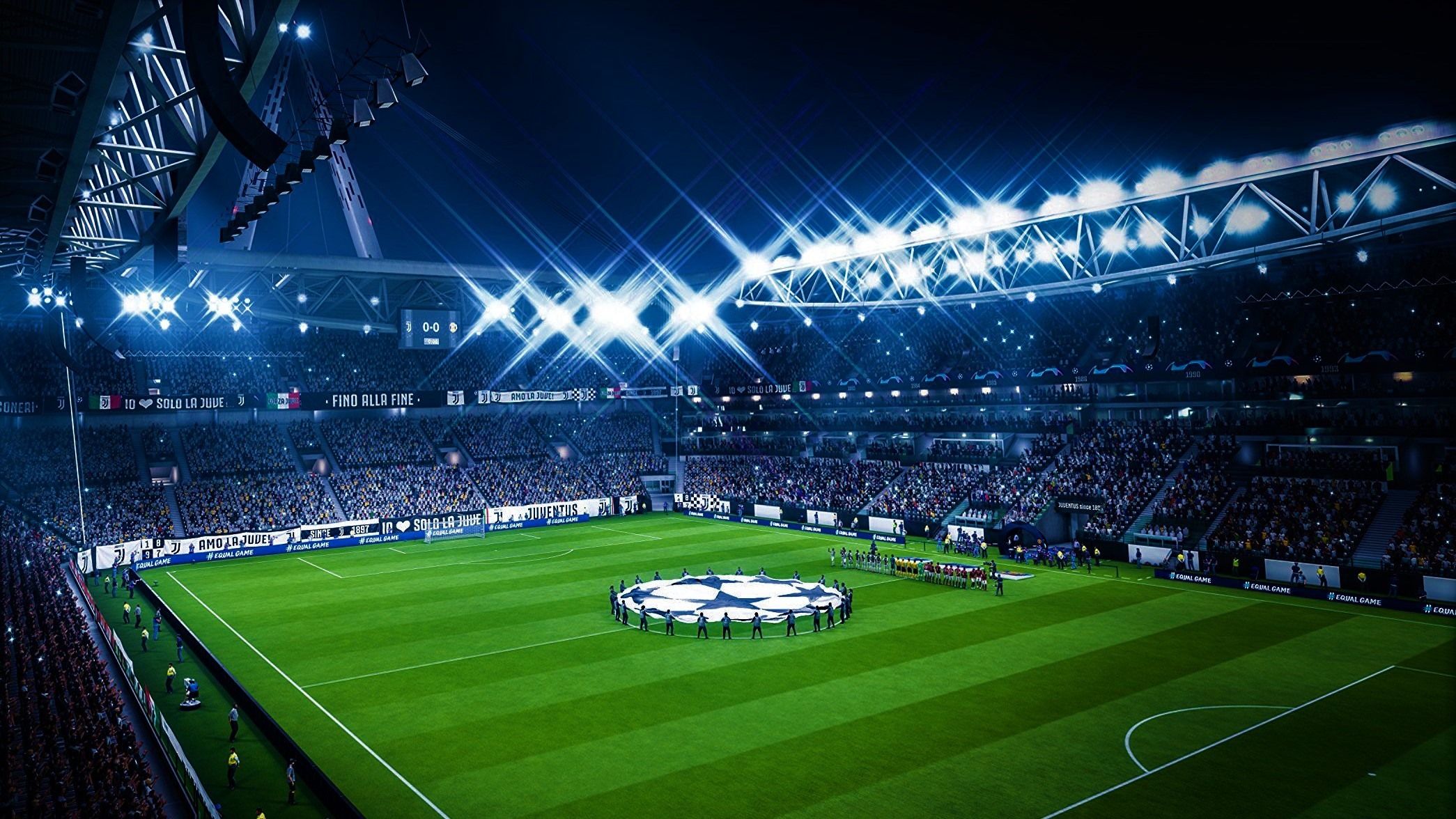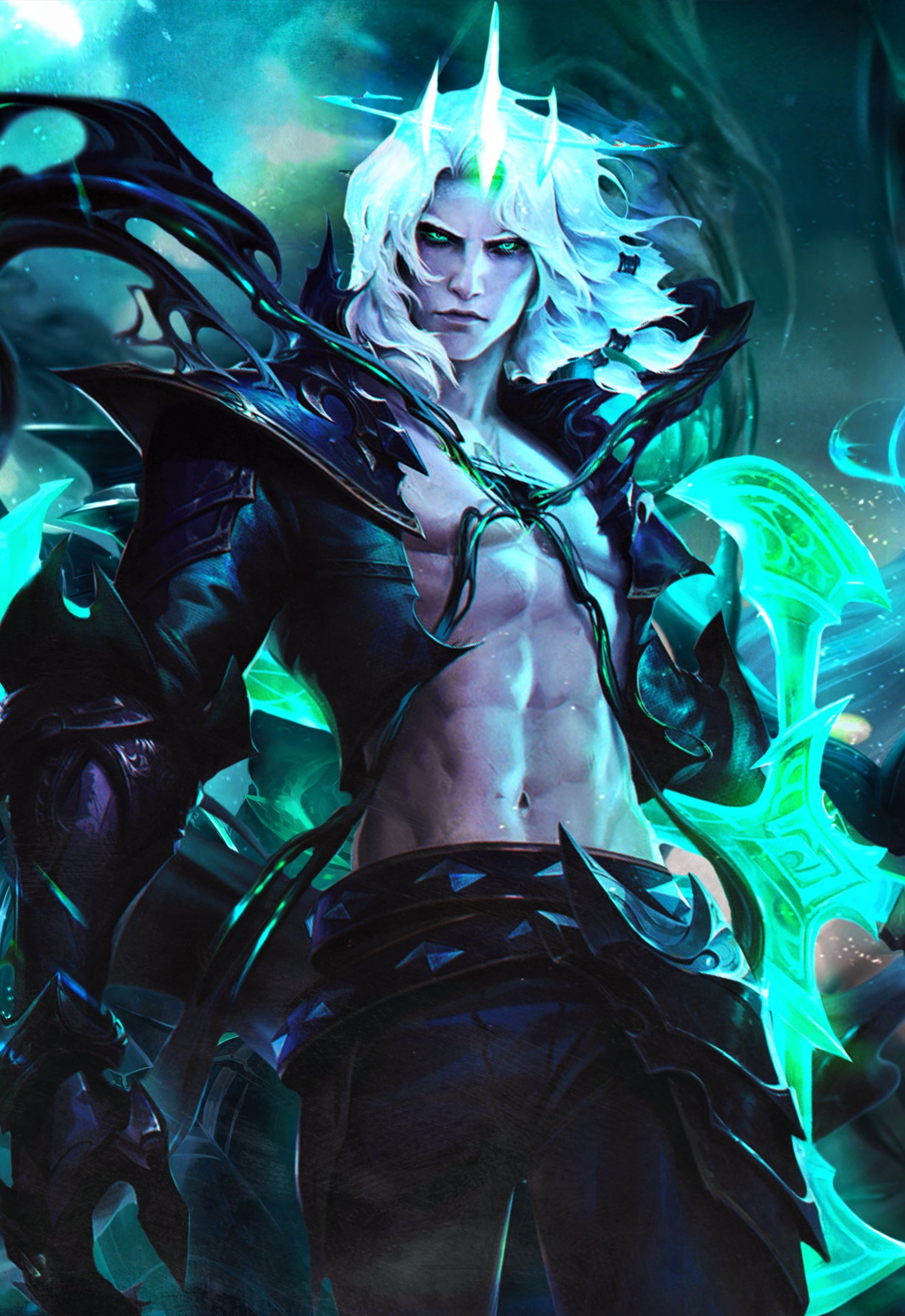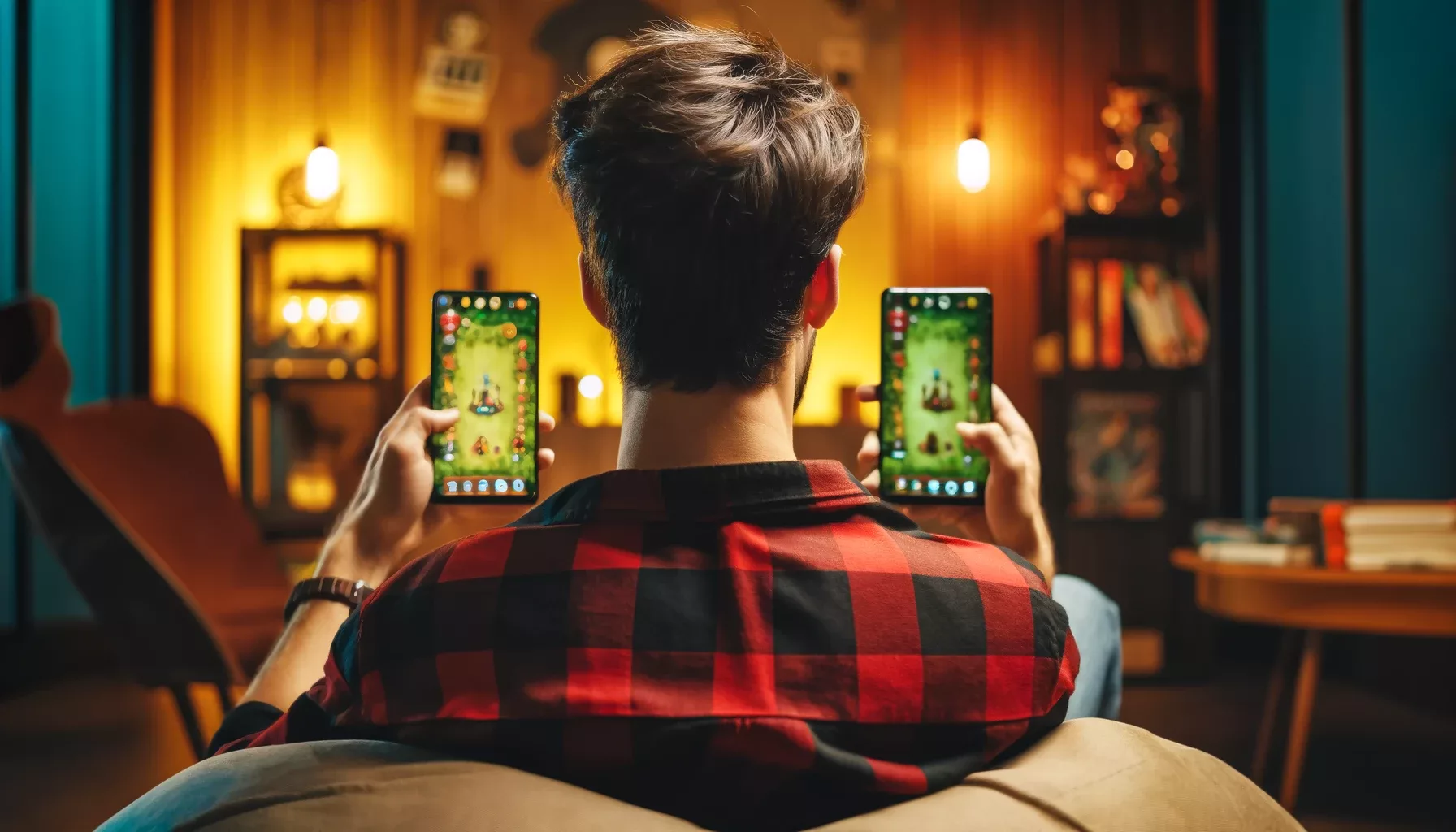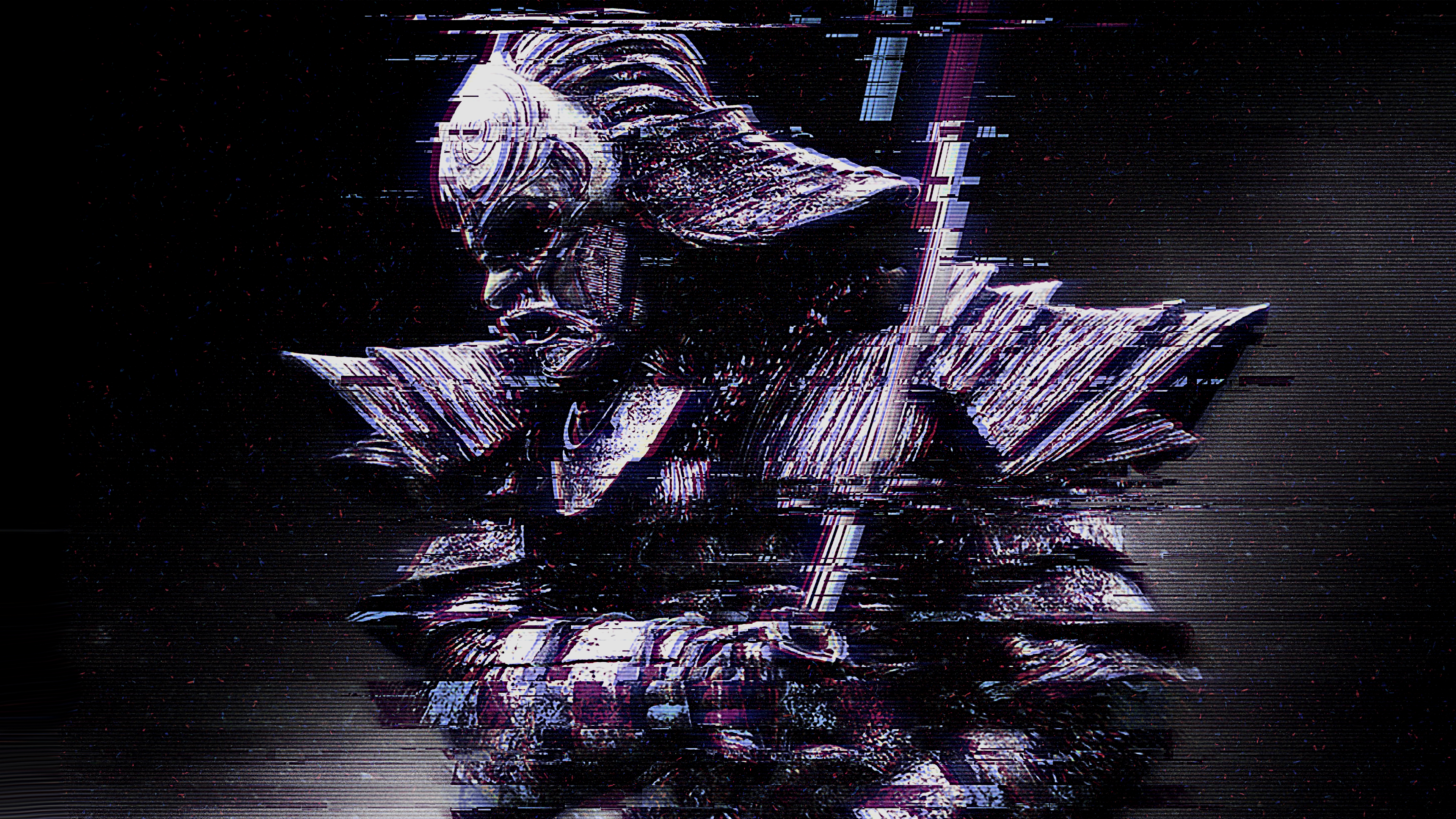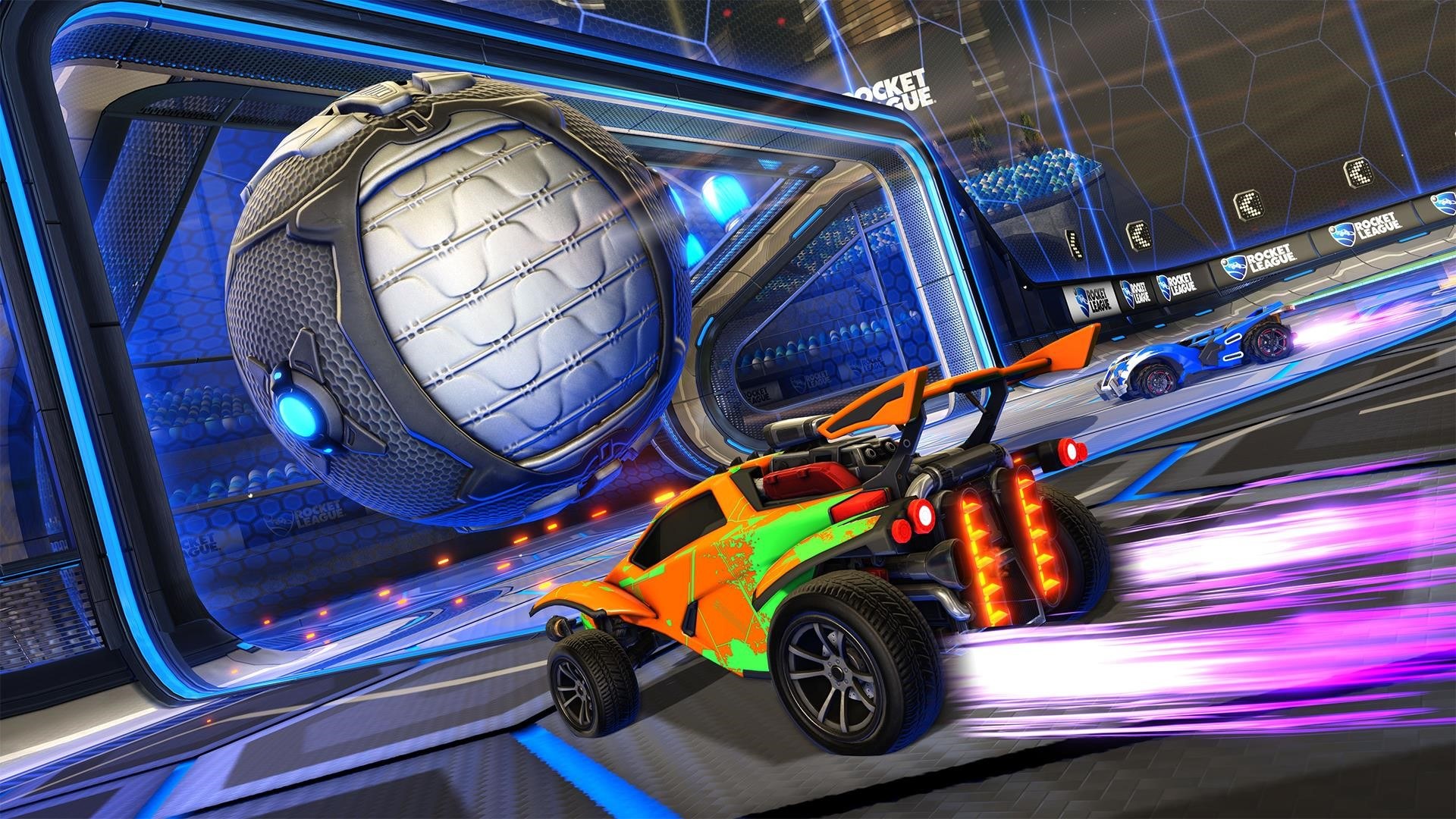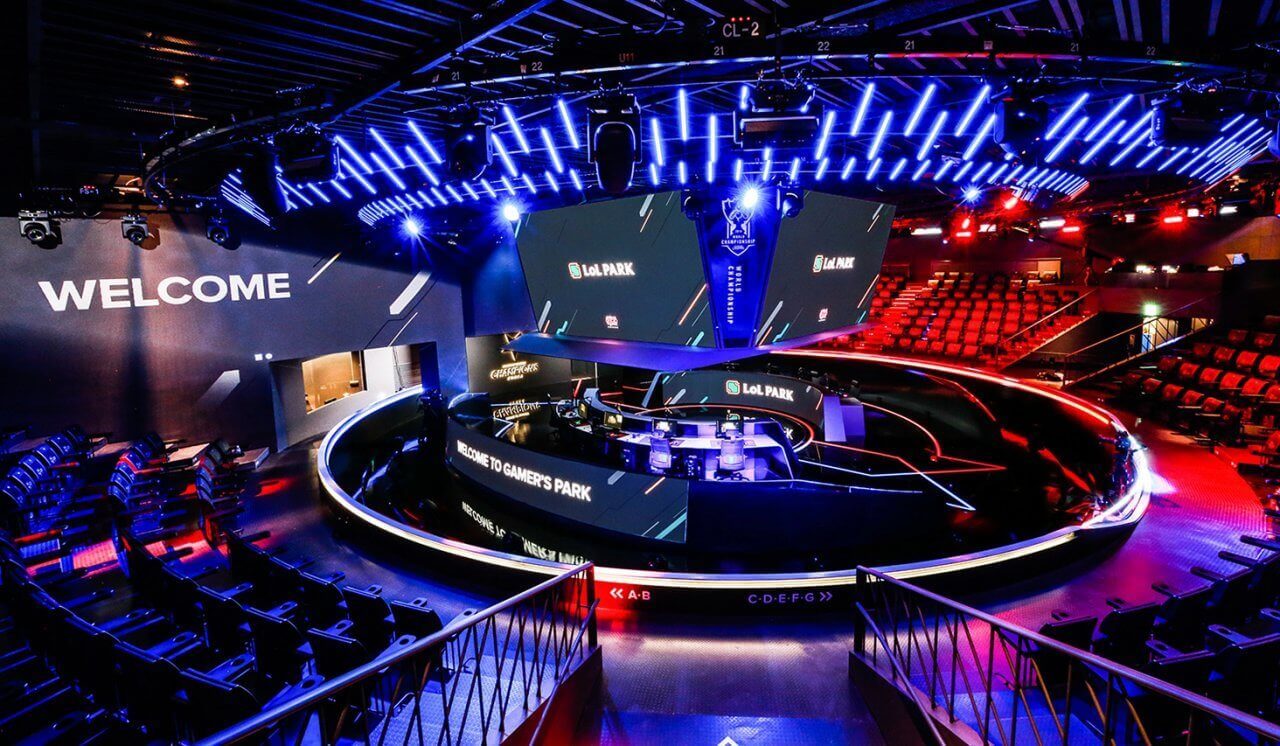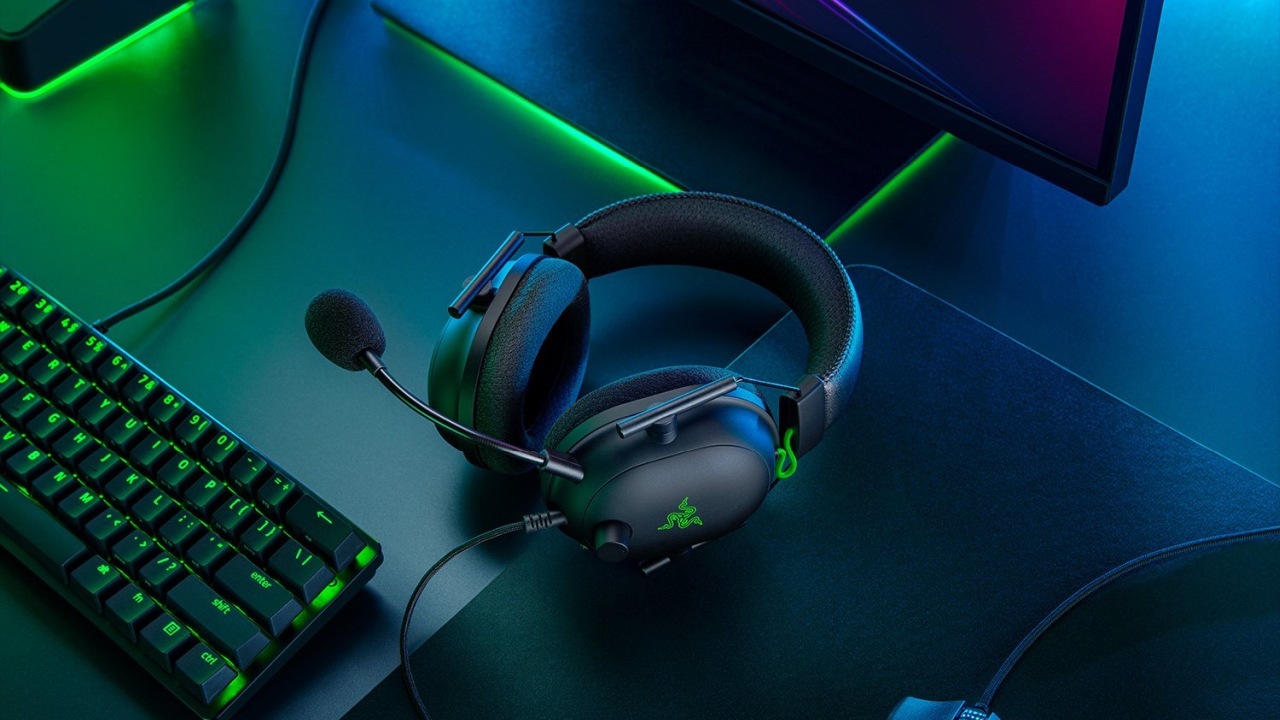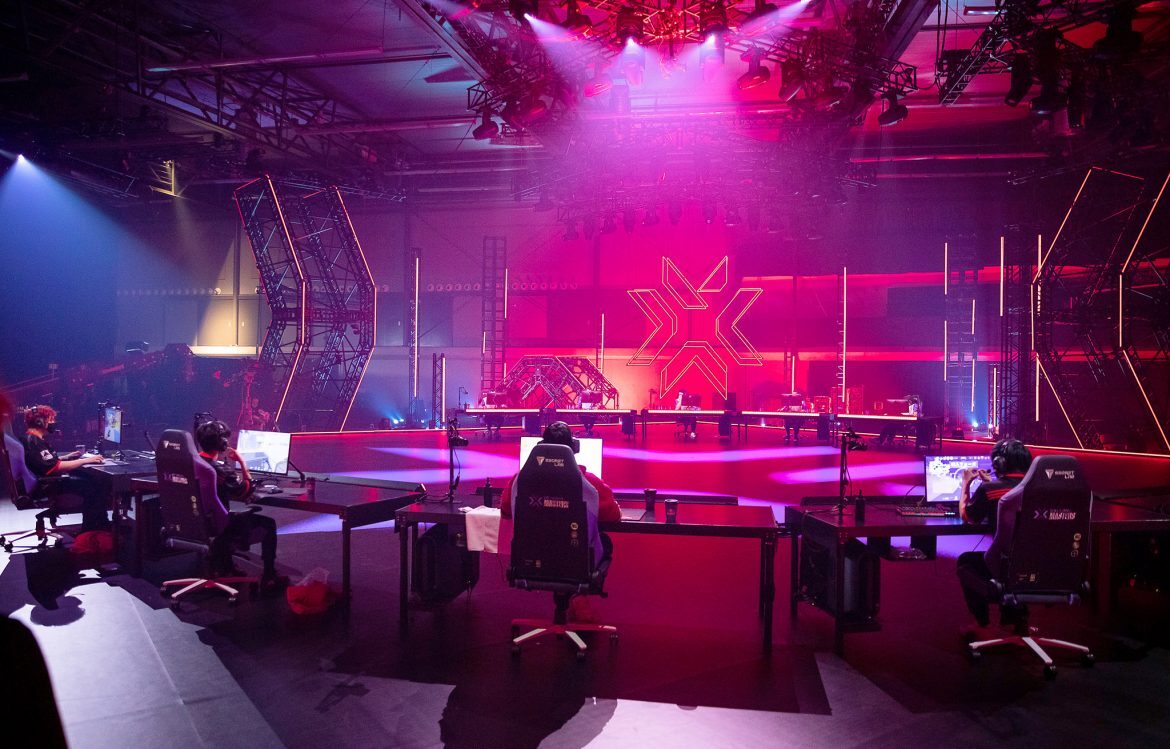
No gaming setup is complete without a good set of peripherals – mouse, keyboards, a monitor, a headset – for a pro, all of those are essentials to have. Pro gamers can be very particular about what they like and use – and of course, their fans often want to imitate what their favorite players use. After we took a look at the computers of esports pros, it's time to get down on the periphery level.
Tap, tap, type
The first and most essential peripheral for any esports pro is the keyboard. There is only one specific requirement that pro keyboards have to have; they need to be mechanical. You won’t find pros playing on non-mechanical keyboards, and with a good reason – they’re simply the superior option. Often, their keyboards will have macro keys that allow them to store quick actions or key combos – not all games allow or support that, though.
The top choices for pro players are the Logitech G Pro, Razer Blackwidow Chroma TE V2, and the Logitech G810. These three models are particularly popular with FPS players, such as Overwatch pros. Another popular producer is HyperX – though by no means as popular as Logitech, a lot of CS:GO players use models like the Alloy FPS or Alloy FPS Pro.
Pointing the way
For most games, a good mouse is key as well – for shooters, things like DPI settings are a must-have. Pros play with notoriously low DPI settings, and they often require multiple different options for different weapons, characters, and so on. Overwatch pros playing Widowmaker, for example, will have completely different settings from ones that play Wrecking Ball – and if they play both, they need two sets of pre-set options as well.
The most popular models, especially for shooter games, are the Razer Deathadder V2 and the Logitech G Pro. These are pretty popular with fans as well – and in the CS:GO community, you’ll also find a number of Zowie models to be quite popular. Among them are the S2, FK2, EC1 and EC2 – and some 50% of pro CS:GO players will be using one of these models.
Viewing things clearly
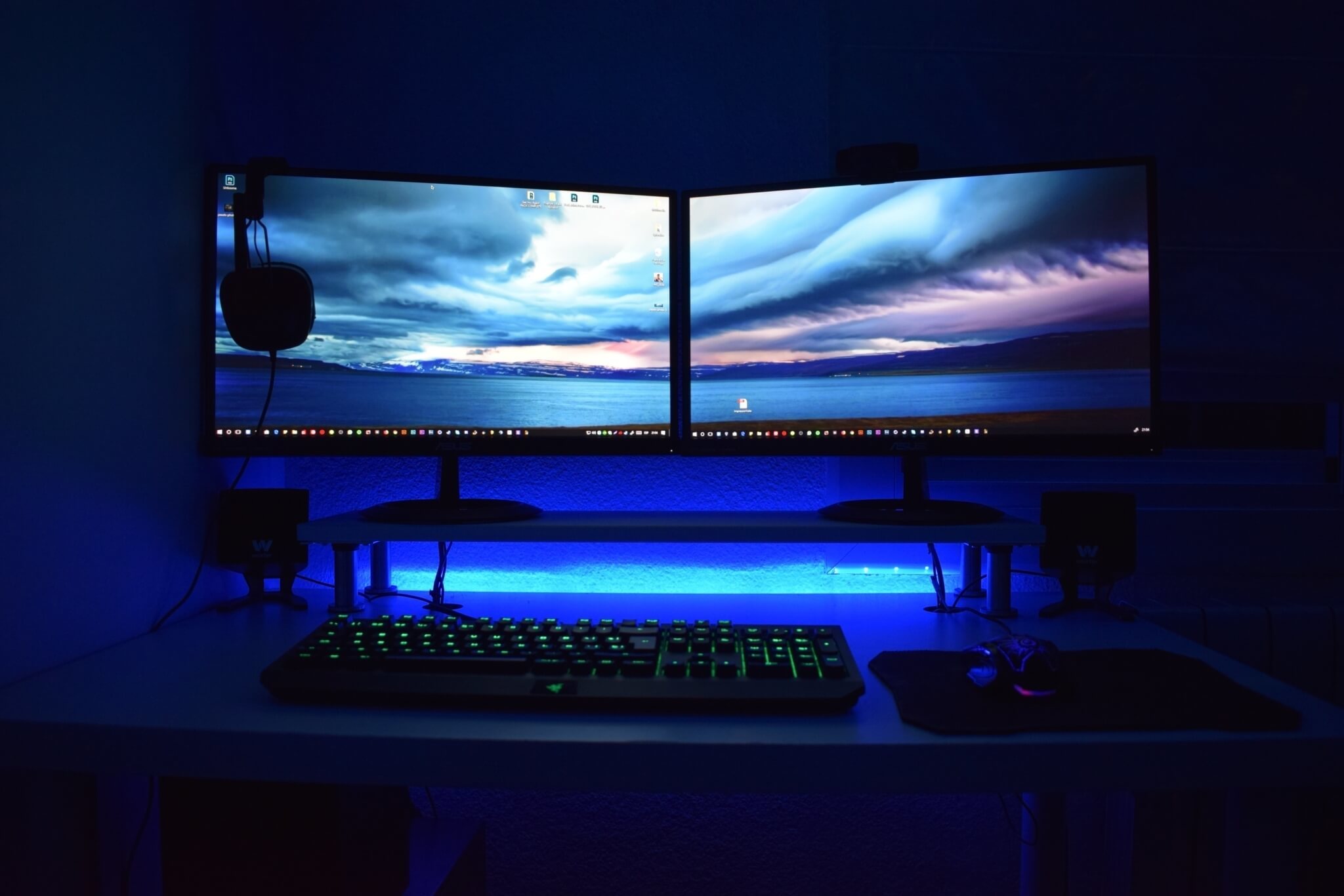
Naturally, another key peripheral is the screen. Though some esports tournaments don’t give pros a choice in monitor and will provide a set option often based on the event's sponsor, there are still preferences. As a minimum requirement, the screens used will be 144 FPS, though 240 FPS ones are common too – with resolutions of 1080p for shooters like CS:GO. While higher resolutions are possible, most pros stick to 1080p for their monitors – more just isn’t needed.
As for brands – there are 4 brands that strongly dominate the esports pro scene – Asus, Acer, Alienware, and Benq. Models like the Alienware AW2518H, the Benq Zowie XL2411P, or the Asus ROG Swift PG258Q are popular choices. A standout among them is the Omen X 25 – especially popular with Overwatch Pros.
What’s in a game?
Perhaps as important as what parts to use are the settings players keep them on – and there, personal preferences vary greatly. From rebound keys to specific sensitivity percentages, you’ll see a lot of differences between players.
What they all have in common is that they often go for quite low DPI settings – while casual players may play with 800-900 or even higher ones, pros like Tfue for example use a DPI value of 400. Valorant player Shroud has his set to 450, and CS:GO pros like Nikola "NiKo" Kovač and Oleksandr "s1mple" Kostyliev also use 400 DPI. With more and more Overwatch pros shifting to Valorant during its beta period, they will have to make some adjustments for their games.
For Overwatch, things are a little different – 800 is one of the more common speeds, although some players go up as high as 1000 or 2000.
Listening in
Headsets aren’t necessarily everyone’s first priority in peripherals, but they can be important – noise canceling, crisp sound and the ability to make out footsteps and gun sounds are must-haves. In competitions, pros will generally have to use the headset they’re given to make sure that everyone uses the same one and nobody is at a disadvantage, but privately, players often use models like the HyperX Cloud II, HyperX Cloud Alpha or Sennheiser Game Zero.
HyperX is definitely the undisputed pro when it comes to headsets, though Logitech and Sennheiser models aren’t uncommon either.
Matching the pros
While players may find themselves wanting to copy or imitate their favorite players, that’s not always the best option. Just like there isn’t just one pro setup, every player has different preferences and habits. Just because one pro likes a certain headset doesn’t mean it won’t be uncomfortable for their biggest fan – and often, the cost is also a factor. PC building alone isn’t cheap – neither are good peripherals.








